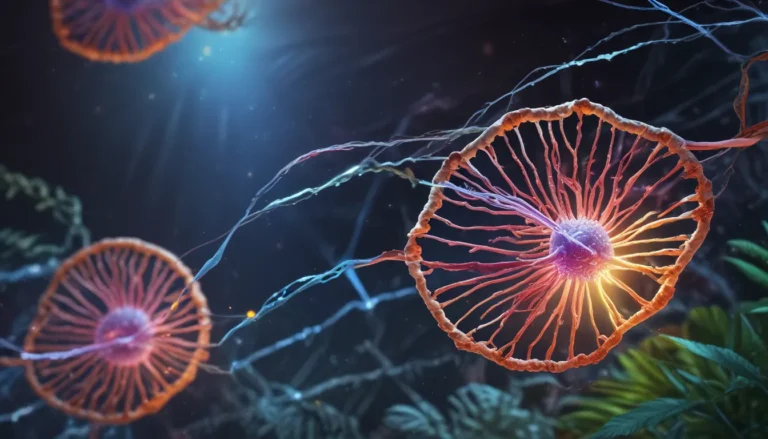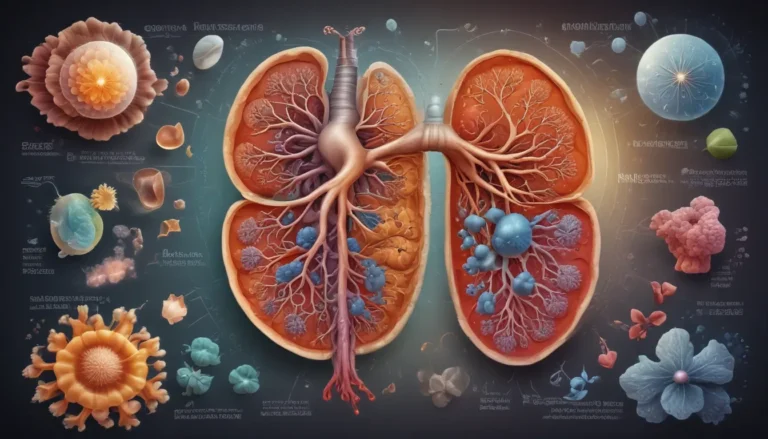A Note About Images: The images used in our articles are for illustration purposes only and may not exactly match the content. They are meant to engage readers, but the text should be relied upon for accurate information.
Chemistry aficionados and curious minds alike, prepare to embark on a journey through the enchanting realm of halogenation. This captivating chemical process, involving the addition of halogen elements to compounds, holds a world of wonders waiting to be discovered. From revolutionizing water treatment to shaping the pharmaceutical industry, halogenation is a superhero in the world of chemistry, wielding powers that both astound and inspire.
Unveiling the Magic of Halogenation
Halogenation, at its core, is a chemical reaction that introduces halogen elements – such as chlorine, fluorine, bromine, or iodine – into a compound. This transformative process finds its applications across a multitude of industries, from healthcare and agriculture to materials science. Picture halogenation as granting compounds a special superpower, equipping them to combat germs and fires with unparalleled efficacy.
The Marvels of Halogenation in Organic Chemistry
Organic chemistry enthusiasts rejoice, for halogenation is a significant player in this realm. By incorporating halogen atoms into organic molecules, halogenated compounds with distinct properties are born. These compounds serve as building blocks in pharmaceuticals, materials science, and various other fields, showcasing the versatility and impact of halogenation on organic chemistry.
Illuminating the Significance of Halogenation
The importance of halogenation cannot be overstated. Through this process, substances undergo modifications that alter their reactivity, stability, and solubility, thereby enhancing the efficacy of chemical reactions. Furthermore, halogenated compounds often serve as intermediates in the synthesis of diverse chemical products, amplifying the role of halogenation in advancing scientific and industrial endeavors.
The Diverse Applications of Halogenation
Halogenation in Water Treatment
In the realm of water treatment, halogenation – particularly chlorine – emerges as a hero in safeguarding public health. By effectively eliminating harmful microorganisms, halogenation ensures the purity and safety of drinking water, underscoring its indispensable role in maintaining sanitation standards.
Halogenation in Pharmaceuticals
The pharmaceutical industry harnesses the power of halogenation to fortify drug molecules with halogen atoms, refining their stability, bioavailability, and pharmacological activity. From antibiotics and anesthetics to anti-inflammatory medications, halogenated drugs epitomize the marriage of chemistry and healthcare, showcasing the transformative impact of halogenation.
Halogenation in Flame Retardants
In the realm of flame retardants, halogenated compounds reign supreme in mitigating the flammability of materials. By leveraging halogens to impede or decelerate the burning process, products like textiles, plastics, and furniture acquire enhanced fire resistance, underscoring the pivotal role of halogenation in ensuring safety and protection.
Halogenation in Refrigeration
Refrigeration systems rely on halogenated compounds as refrigerants, facilitating heat absorption through phase changes between liquid and gas states. While these compounds excel in temperature regulation, efforts are underway to develop eco-friendly alternatives that minimize environmental impact, reflecting the ongoing quest for sustainable solutions in the realm of refrigeration.
Halogenation in Polymer Science
Within the realm of polymer science, halogenation emerges as a key player in tailoring the properties of polymers. By enhancing heat resistance, electrical conductivity, and chemical stability, halogenated polymers find applications in electrical insulation, flame retardant materials, and industrial coatings, emblematic of the versatility and adaptability of halogenation in shaping material science.
Halogenation in Food Preservation
In the food industry, halogenation emerges as a cornerstone of food preservation, utilizing chlorine-based compounds like chlorine dioxide and hypochlorous acid to disinfect food-processing surfaces and equipment. This meticulous process ensures food safety by eradicating harmful bacteria, underscoring the critical role of halogenation in upholding hygiene standards in food production.
Halogenation in Agriculture
Agriculture enthusiasts will marvel at the application of halogenation in pest and pathogen control. Through the use of halogenated pesticides like methyl bromide and chloropicrin, soil sterilization and pest eradication are facilitated, albeit with environmental considerations prompting restrictions on their usage in various regions.
Halogenation in Dyeing and Bleaching
The textile industry witnesses the transformative power of halogenation in the dyeing and bleaching processes. Employing halogenated bleaching agents such as chlorine and chlorine dioxide, textiles undergo a vibrant transformation as colorants and impurities are banished, leaving behind brighter and cleaner fabrics that dazzle the eye.
Halogenation in the Petroleum Industry
Navigating the labyrinth of the petroleum industry, halogenation emerges as a catalyst in refining processes. Leveraging halogen-assisted reactions to amplify cracking, isomerization, and other refining procedures, halogens pave the way for the production of an array of petroleum products that fuel our everyday lives, showcasing the symbiotic relationship between halogenation and industrial progress.
Halogenation in Environmental Science
Environmental science enthusiasts are beckoned to ponder the nuanced interplay between halogenation and ecosystem health. Researchers delve into the fate, transport, and effects of halogenated compounds, striving to unravel their impact on ecosystems and human health, while concurrently devising strategies to safely mitigate their presence in the environment.
Halogenation and Ozone Depletion
An ominous cloud hovers over certain halogenated compounds, such as chlorofluorocarbons (CFCs) and halons, as they stand accused of contributing to ozone layer depletion. International agreements like the Montreal Protocol stand as bulwarks against this environmental menace, aiming to safeguard the ozone layer and mitigate global warming potential, shining a spotlight on the imperative for responsible chemical stewardship in safeguarding our planet.
Halogenation and Green Chemistry
Amidst the cacophony of environmental concerns, the beacon of green chemistry illuminates the path toward sustainable and eco-friendly chemical processes. Green chemistry advocates for waste reduction, hazard minimization, and resource optimization, steering the application of halogenation toward cleaner, greener methodologies that prioritize environmental preservation and resource efficiency.
Embarking on a Journey of Discovery
As we reflect on the breathtaking expanse of halogenation’s impact across diverse domains, from healthcare and agriculture to environmental stewardship, one cannot help but marvel at the transformative power of chemistry in shaping our world. Whether you are a student eager to unlock the mysteries of halogenation, a researcher charting new frontiers in chemical innovation, or a science enthusiast enthralled by the wonders of chemistry, the captivating world of halogenation beckons, inviting you to explore, discover, and dream of endless possibilities.
In your quest for knowledge and enlightenment, remember that the world of halogenation is boundless, offering a cornucopia of insights and revelations waiting to be unveiled. So, dive deep into the ocean of halogenation, embark on a journey of discovery, and let the wonders of chemistry ignite your imagination and invigorate your passion for scientific exploration. The horizon of halogenation beckons, brimming with astonishing facts and untold discoveries – which awe-inspiring facet of this chemical marvel will you explore next?






